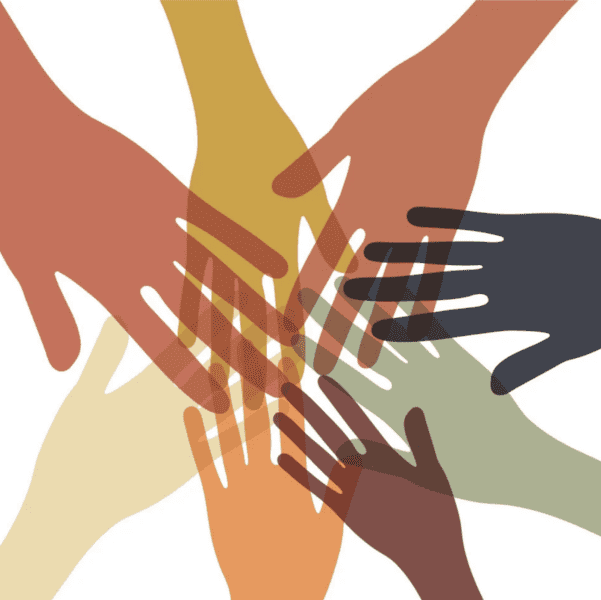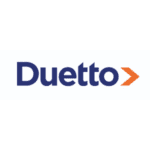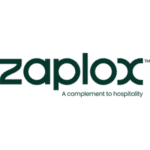 Leaders will have read much about what has gone wrong in many cultures and organisations across the world and yet, at the same time, have faced increased pressures in the last decade. Finding a good balance is never easy which is why so many do naturally struggle.
Leaders will have read much about what has gone wrong in many cultures and organisations across the world and yet, at the same time, have faced increased pressures in the last decade. Finding a good balance is never easy which is why so many do naturally struggle.
All will have read the research which notes that companies should aim for:
- Authentic leadership
- Possess purpose and have values; that the company should stand for something of meaning which allows work to possess a greater value
- The development of individuals; where all talent is nurtured
- Information is not spun or suppressed
- Greater freedom is allowed to employees and there is less control
This may all sound common sense and it is what most boards aspire to. Who wouldn’t want to work in a place that follows them? Senior executives are certainly aware of the benefits. Yet, very few, if any, organizations are able to fulfill the above. Why?
There are many who will note that there are structural barriers such as traditional practices, ingrained habits, old fashioned ideologies and thinking; a generational split which has become more pronounced. Some will argue that it is too costly to implement and that the industry works often on tight margins and that this is the priority.
So what are the key issues?
As with most things, it is a mix of the above plus a need for new thinking not previously understood. For example, and for reflection:
- It was a common discussion that productivity pre-pandemic had fallen. However, it was well documented that the average employee worked longer hours than ever. The average working day had risen to around 14 hours including commuting but that work would have started on the commute. Is it really so surprising that productivity fell? People were tired. There was not enough thought given to the need for rest and for breaks in the day. The average lunch time break had fallen to between 19-23 mins.
- The pressure on companies and leaders to deliver stronger results has grown over the last twenty years and of course, this impacts on internal culture, on internal comms and on cost areas. The most visible changes across most businesses have been led by technology and this has been a learning curve.
- The advent of technology allowed for greater control and measurement of individuals. The concept of empowerment became almost a past ideal. Everyone’s work became measureable, often by data which only told part of a story. It is little wonder that trust declined.
- During the financial crash of 2008/9, do you know the increase of how many board directors lost their jobs against a normal year? Just 1% and yet millions of middle and lower levels lost their jobs. Of course, it would have its implications.
- One has to wonder if many companies did take the boom years for granted at times? Research would note that pre-pandemic that the average executive would spend 45% of their day in internal meetings, 35% answering emails, 10% on admin, leaving just 10% of each day talking to external audiences.
These are just some examples. So what goes wrong? It can be summarised as expectation and pressure. This will not change so the challenge is how to create new structures which do seek to:
- Improve productivity
- Improve service levels and customer interaction
- To free people up, reduce control
- To rebuild trust and cultures.
It does need new ideas and thinking. Executives will still be under pressure but can new structures be found?
First published in EP Business in Hospitality.
































